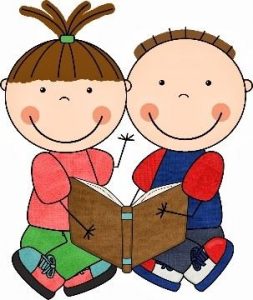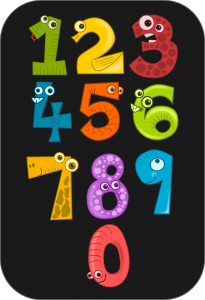by Cindy Elkins, OK Math and Reading Lady
What is the purpose of having literacy work stations in your classroom? If you answered, “To provide meaningful, engaging, rigorous, differentiated opportunities for students to learn” then you are on the right track!! Aside from the task of deciding on the literacy station procedures and routines you want for your classroom is the problem of actually providing and organizing those quality activities.

Literacy Station Activity
I know most of you regularly visit the TPT store and Pinterest for ideas. There are a TON of great things out there. However, not everyone has a color printer or has the means to drain their bank account to pay for these items.
So, here is a resource I think you will like which is FREE, does not require a color printer, and addresses pretty much every literacy skill you need to teach and/or provide practice for (KG-5th grade). It is the Florida Center for Reading Research (www.fcrr.org). Click on this link: Student center activities which takes you directly to the K-5 reading center activities page. The following are available — all for FREE!!
- Sections clearly labeled Phonological Awareness, Phonics, Vocabulary, Fluency, and Comprehension — with multiple activities for each sub-skill
- One page overview for each activity (objective, materials list, and directions with illustration showing the activity in use)
- Flexibility options to use materials as a teaching tool and/or as a practice or review activity
These are some of the types of activities:
- Tons of letter and picture cards for sorting, matching, pocket charts, concentration, rhyming, word work, etc.
- Game boards
- Recording sheets – to record results of activities when appropriate
- Graphic organizers – especially for grades 3 and up. These can be used with any book.
A teacher’s guide is also available with more detailed directions, background information, and literacy station organizational ideas.
I also bookmarked this site in my Resources section (top of the blog in the black band) should you need to refer to this site often. Enjoy!!! Let us know about your favorite FCRR activity or how you are using them in your classroom! Just click on the comment speech bubble.


 Recognize an amount without physically counting (ie on dice, dot cards, fingers).
Recognize an amount without physically counting (ie on dice, dot cards, fingers).
